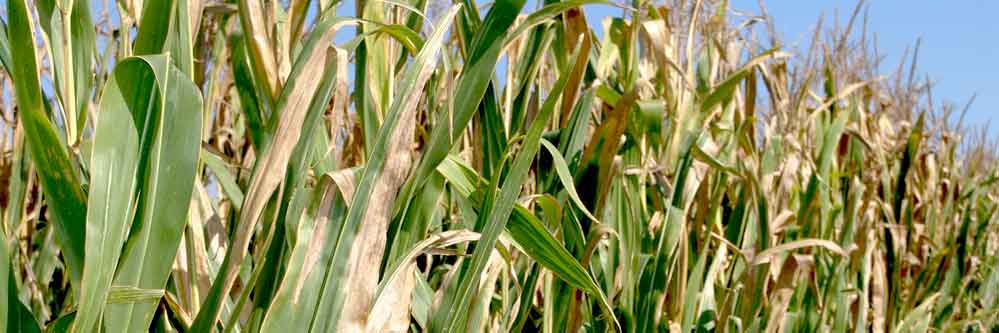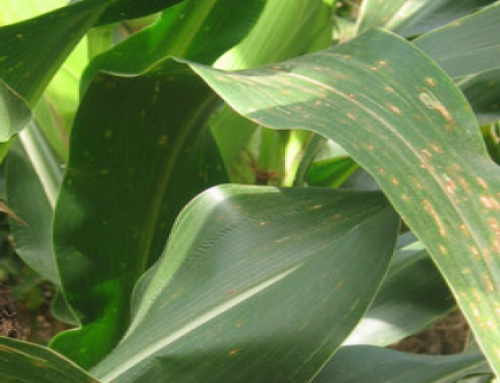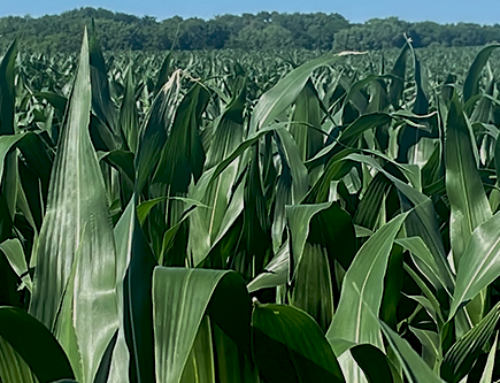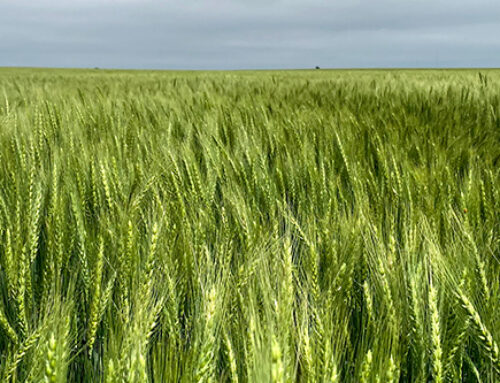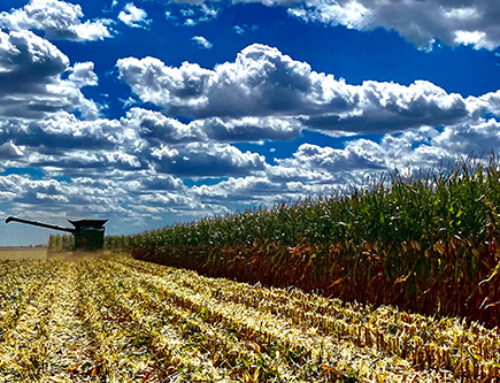Many producers are in the process of choosing corn hybrids for the 2015 growing season. In fact, early discount deadlines for some seed companies are pushing this process along quickly.
One factor that must be kept in mind while choosing hybrids is evaluating the tolerance or susceptibility to Goss’s Bacterial Wilt.
Over the past 5-10 years, Goss’s Wilt has reared its ugly head. For many years, this disease had been almost non-existent in the U.S. Breeding Goss tolerance into hybrids took a back seat to adding other yield enhancing traits. The trend toward more no-till or reduced-till programs increases the chance for inoculum. These and other factors have led to a significant increase in Goss’s Wilt.
In order for a disease to express itself, it takes three factors: The Pathogen, a Host, and the Environment. In this case, the pathogen is Clavibacter michiganensis subsp. Nebraskensis, the host is corn residue, and the environment is any type of stress or wound on the corn plant.
Goss’s Wilt is a bacterial disease, which means fungicides have no effect on it. Managing Goss’s Wilt is done through cultural measures which include:
- Planting hybrids tolerant to the bacteria
- Rotating hybrids
- Minimizing residue without causing wind or water erosion
- Rotating to other crops to reduce corn residue and break the cycle
- Controlling other host grasses, such as shattercane, foxtails, and barnyardgrass
- Minimizing stresses, such as wind damage, drought, hail, etc.
Your Crop Quest Agronomist can help you determine which hybrids are tolerant to Goss’s Wilt, and help place these hybrids in the proper fields. If Goss’s Wilt has already been found in your fields, it may be necessary to rotate away from corn to control infected residue and inoculum. Goss’s Wilt will not become a major problem when managed properly. Please contact your Agronomist about the best strategy to keep this disease in check on your operation.
Featured Image By: T. Jackson-Ziems, Nebraska Extension
